Some valuable features of this product are P2P and O2C processes, inventory management, fixed asset management, project management, CRM, reports and customization.
If you take any industry, the base line for business is procurement and sales. NetSuite has given the transaction features to post in the GL, i.e., whenever you create a transaction in the backend, the GL posting happens automatically, depending upon the items/accounts that you have defined. Thus, you don't need to be an accounting expert, to know what should get posted or not. For each transaction, a customized approval/printing can be applied, thus making it global and apt for any industry.
Project management is not being used to a great extent, but it really helps many industries to track their budget versus the actual expenses incurred and the revenue.
NetSuite CRM+ and Sales Force Automation tools are almost equivalent to the Salesforce Cloud application that help the industry to gain new customers.
The customization feature gives us the liberty to design/customize NetSuite to any extent. I have worked to develop the NetSuite product structure for Educational ERP. Now, the product NetSuite ERP is SDN certified.
In summary, NetSuite is the future and can help small/medium-sized companies to grow in automation.
As a NetSuite functional consultant, I can see how this product is getting evolved with each version release. When we implement NetSuite to the organization, it automates the business to a large extent with minimum human interference. For example, the approval becomes easy due to live entry transactions or the sale functions are improved due to better use of Salesforce automation or there is better utilization of resources due to project management or there is better planning due to NetSuite demand planning.
NetSuite is still made for small/medium enterprises and needs to focus on bigger organizations, i.e., the Enterprise Edition. NetSuite also needs to provide better budget allocation in order to achieve control over the fund distribution in real-time. For example, if the budget allocated is less and the expense is utilized, the system should not allow the user or needs to warn the user from entering the transactions.
Under Budget allocation: We don't have control over the restriction on over expenses. After distribution of budget on the accounts, if lets say Stationery Expenses budgeted 400$ the actual expenses can not go beyond 400$, unless there is change in the Budget.
SalesForce CRM gives permission to approve transactions without log in to system just form email Note "Approve", "Done" . i.e. if I am the approver I will get an email notification and from that I can revert back as Note "Approve" or "Reject" to approve/reject record without getting in to account. In NetSuite we need to have the access for any approval so we need to log in and approve the transaction.
I have used this solution for three years and seven months.
There were no stability issues.
NetSuite is scalable to a larger extent. It can be mapped for many requirements.
I would give the technical support a 6/10 rating.
I was using a customized educational ERP tool and wanted to work on a cloud ERP solution.
The process started with getting support from them. Then we carried out the implementation in the vanilla environment for wholesale distribution; after which I developed the SDN certified NetSuite Education ERP product (edERP). So in terms of customization, I have worked from a simple to complex level.
If NetSuite wants to target more small-scale / medium-scale businesses, they should reduce their pricing by around 30 - 40%.
We looked at other solutions namely, SAP and Salesforce.
It is an excellent product. It is easy to navigate, has an excellent user interface and also is easy to learn because if its transaction and real-time posting of accounts.

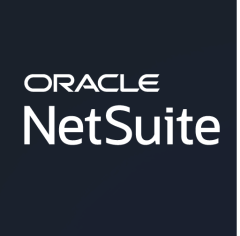


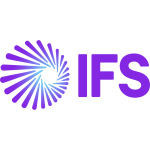


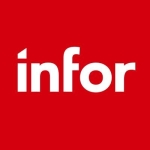

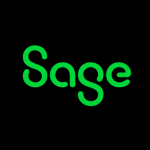
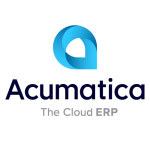



Helpful review